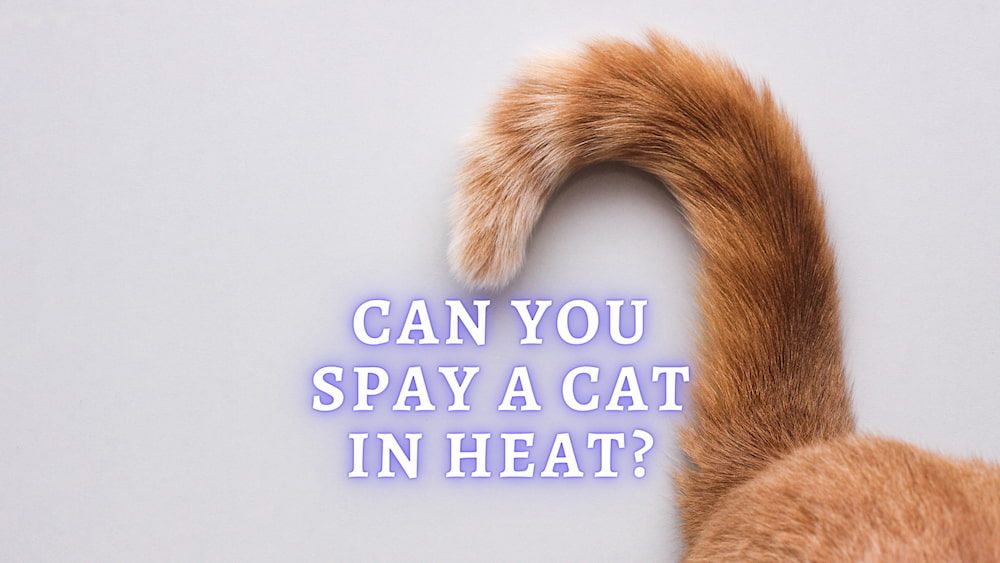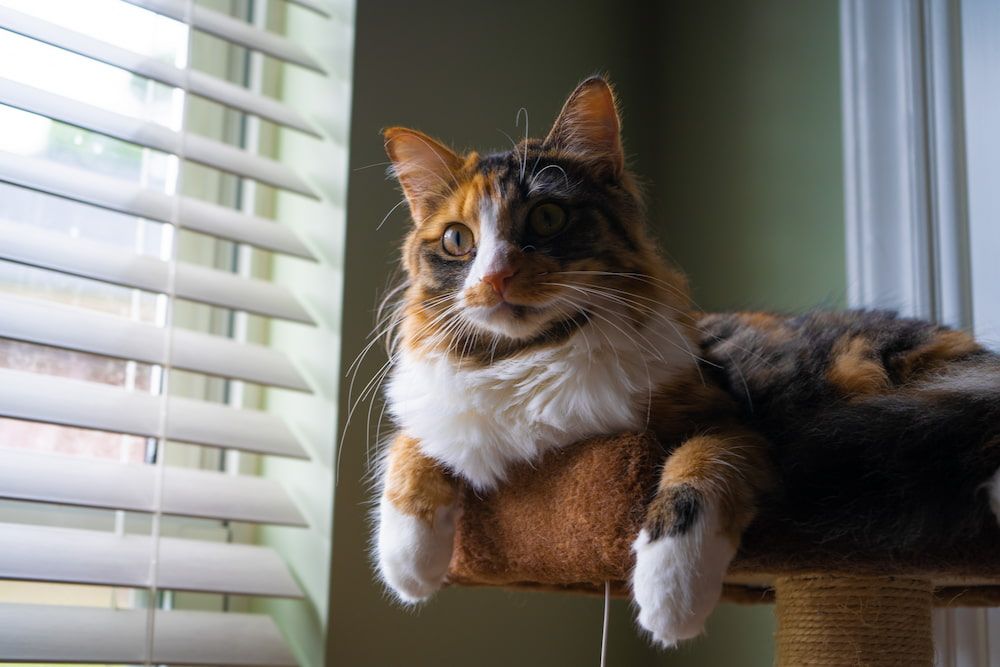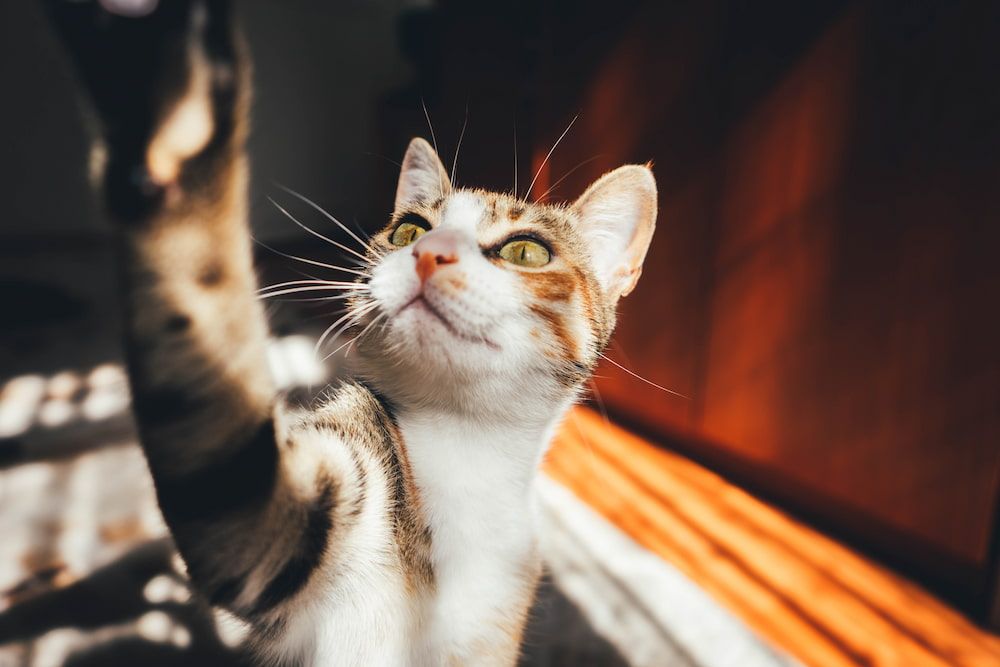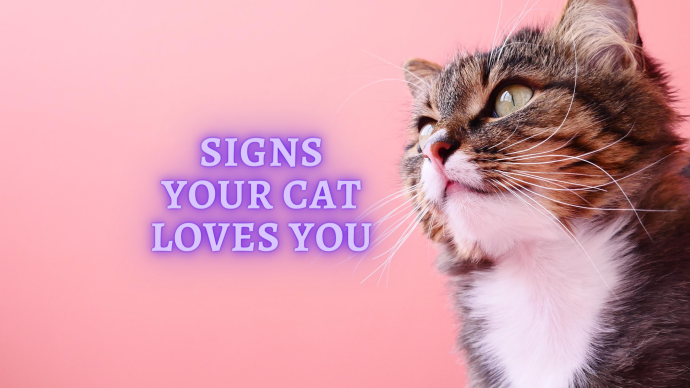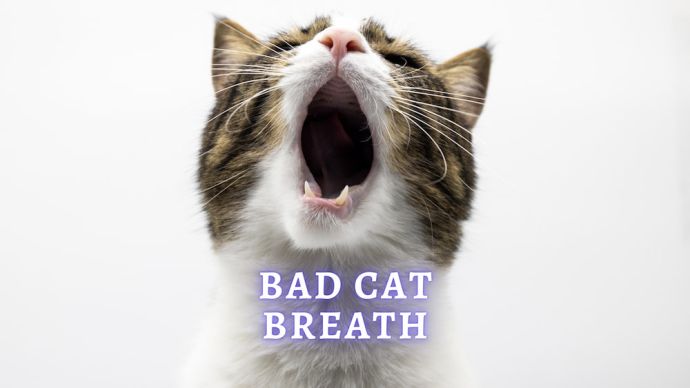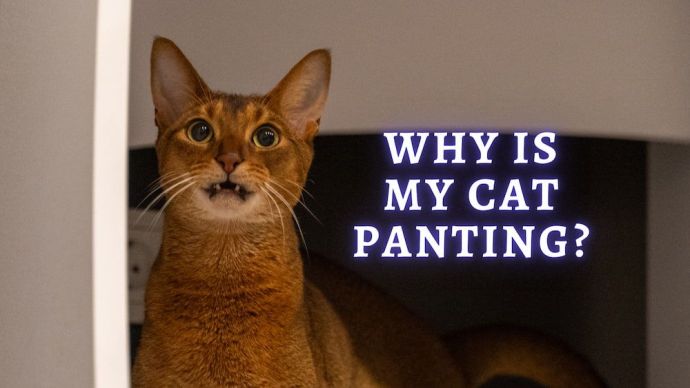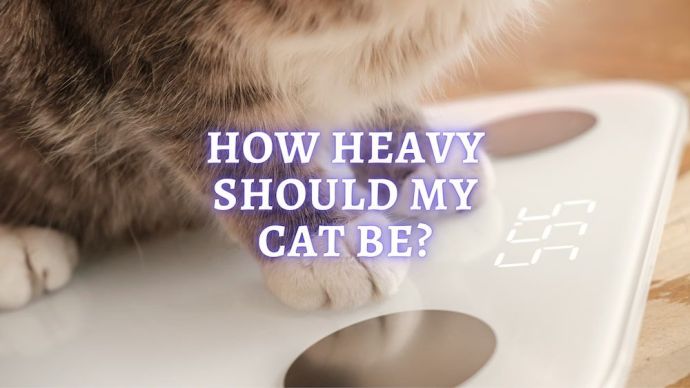Can You Spay a Cat in Heat? (Vet Advice)
Written by:
Author: Carol Young
Carol has worked in specialty, emergency, mixed animal and general veterinary practices, and enjoys all aspects of veterinary medicine. Her special areas of interest include anesthesia, critical care, emergency, dentistry, internal medicine and small animal nutrition.
View all 62 articlesLearn about our editorial process and veterinary review board.
Viewed: 79
Updated on: 05/25/2023
Contrary to popular belief, it is possible to spay a female cat in heat, but there are a few things to know about the cat’s reproductive cycle and what the spay surgery entails. A spay procedure is called an ovariohysterectomy. Many veterinarians prefer not to spay female cats in heat for various reasons and may recommend spaying before or after a heat cycle. If you are wondering about the pros and cons of spaying a cat in heat, there are a few things to consider.
When does a Cat go into Heat?
Before going into getting your cat spayed while in heat, we should talk about what cat heat is. When a cat is in “heat,” she is in “estrous,” which means she is receptive to males. However, unlike other mammals, a cat in heat doesn’t produce eggs (we will cover this later). A cat’s reproductive cycle is seasonal, and triggered by sunlight, so female cats (also known as queens) typically go into heat in the spring in northern or southern hemispheres and may go into heat year-round in areas nearer the equator.
How long is a Cat in Heat?
Most heat cycles in cats last on average seven days but can be shorter or longer depending on the cat. If a queen is not bred by a male cat during her heat, she may go out of heat for a week or two. So the complete estrous, or heat cycle, of a cat can range from one to six weeks, with the average being about three weeks.
READ MORE: How long does a Cat stay in Heat
Cats are Induced Ovulators
As mentioned above, cats don’t produce eggs (ovulate) while they’re in heat. In fact, they are “induced ovulators,” which means that the act of breeding causes them to ovulate and produce eggs. Because of this, a queen can have many litters in one year, and in any one litter, her kittens can have more than one father. Since a queen can breed numerous times with different males, any one of her eggs can be fertilized by any one male. For this reason, kittens in a litter can come in all different kinds of colors, hair lengths, and coat patterns.
How Can You Spot a Heat in a Cat and How Long Does it Last?
A queen can have her first heat as young as four months of age, and she can have two or three heat cycles during the mating season. During her first heat cycle, the queen is “in the mood” when it comes to romance, and will show some classic mating behavior. For example, she may be very cuddly, rub up against objects more, roll around on her back, knead with her back feet, and meow more often and more loudly than normal.
The behavior of a cat in heat can last from three days to two weeks and can repeat in another two to four weeks if the cat is not bred to a male. If the queen is bred, then the heat cycle ends as she becomes pregnant.
RELATED: Can Spayed Cat Still Get Pregnant?
When does a Queen have her First Estrus Cycle?
Cats have their first estrous, or reproductive cycle when they reach puberty. Most kittens mature reproductively at about six months of age; however, this can vary with the time of year and the individual cat. So when it comes to scheduling a spay, it makes sense to have it done closer to six months of age.
What are the Risks of Spaying a Cat in Heat?
Spaying a cat in heat does not pose any major medical risks, but it does require some extra surgery time because the blood vessels in the ovaries, uterus, and uterine horns become enlarged and engorged with blood. As a result, the incision site may be a bit bigger, and more bleeding may occur during the surgery. Post-op recovery may be prolonged as well due to increased surgery time and whether or not a lot of bleeding occurred during the procedure.
Although rare, spaying a cat in heat can lead to post-op mammary gland development. This is due to the abrupt drop in progesterone levels after the removal of the ovaries, which also happens naturally before giving birth. This condition, known as mammary hyperplasia, resolves in a few days as the body adjusts to the hormonal changes.
The good news is that the risks are few, and most veterinarians will spay a cat in heat, but they may charge more based on the longer surgery time.
READ MORE: Cat Spay Incision Healing Process
Does Spaying a Cat Stop Heat?
In short, spaying a cat does stop the heat cycle and prevents any future occurrence of estrous. This is due to the fact that the entire reproductive tract is removed during a spay surgery, where the ovaries are completely removed, eliminating any production of eggs or the hormone estrogen.
However, there are very rare cases in which a cat may have an ovarian remnant. This happens when a portion of the ovary was not completely removed during the spay procedure. Signs of ovarian remnant syndrome include a cat going into heat, and exhibiting heat-like behaviors. Ovarian remnant syndrome can happen any time after surgery, or may not appear for a few months or years.
Do Spayed Cats Still Go into Heat?
Spayed cats do not go into heat as estrogen production is needed for a heat cycle, and since the entire reproductive organs have been removed during a spay, estrogen can’t be produced. Of course, if a cat has remnant syndrome, then she can still go into heat.
Ovarian remnants may be left behind during surgery or be due to accessory ovarian tissue that can still produce hormones. Surgically removing the remnant tissue is the only way to treat ovarian remnant syndrome, and should be should occur while the cat is in heat, or just after a heat in order to increase the visibility of the remaining tissue.
How Can I Get My Cat Out of Heat?
The best way to get your cat out of heat is to have her spayed. Spaying your cat is an important part of the health and well-being of your cat. Spaying at a younger age can prevent mammary cancer as well as annoying heat cycles and a litter of kittens.
READ MORE: Pyometra In Cats
Conclusion: Timing the Spay Surgery
Most veterinarians recommend spaying between six and seven months; however, if you have an older cat, there’s no reason not to get her spayed. If you have adopted an older, unspayed cat, have taken in a stray, or have adopted a cat from animal shelters, be sure to make an appointment with your veterinarian for an examination. Your veterinarian can determine the age of the cat and make recommendations for surgery and other medical care.
People also ask
How long do you have to wait to spay a cat after heat?
Although a cat can be spayed any time before or after a heat, most veterinarians may recommend waiting a week or two after a heat cycle. This way, the vessels and ovaries won’t be as engorged with blood, surgery time will be shorter, and there is a lesser chance of complications.
What happens if you spay a cat in heat?
Spaying a queen in heat takes longer for the surgeon because of tissue and blood vessel engorgement, but does not pose a serious health risk to your cat. If you have any questions about spaying a cat in heat, consult your veterinarian.
How can I help my female cat in the heat without spaying?
If you don’t plan on spaying your cat or are a breeder, then there are ways to help your cat in heat without neuter surgery. The most important way is to keep her separated from any unneutered males to prevent an unwanted pregnancy and keep her indoors to prevent wandering in search of a mate. If your cat is howling and demanding extra attention, you’ll just have to ride it out until she comes out of heat. It’s also important to know that unwanted pregnancies in cats contribute to pet overpopulation, and spaying is the best way to prevent this.
 Cat Care How High Can Cats Jump? All You Wanted to Know About Cats Jumping Abilities
Cat Care How High Can Cats Jump? All You Wanted to Know About Cats Jumping Abilities - 255
- 0
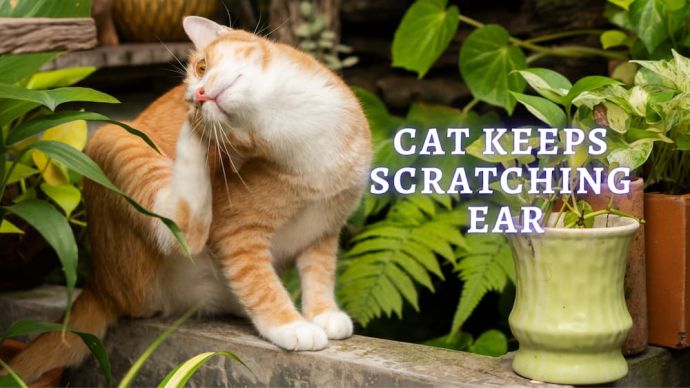 Cat Veterinary Tips Why is my Cat Scratching their Ears? (Veterinary Advice)
Cat Veterinary Tips Why is my Cat Scratching their Ears? (Veterinary Advice) - 1195
- 0
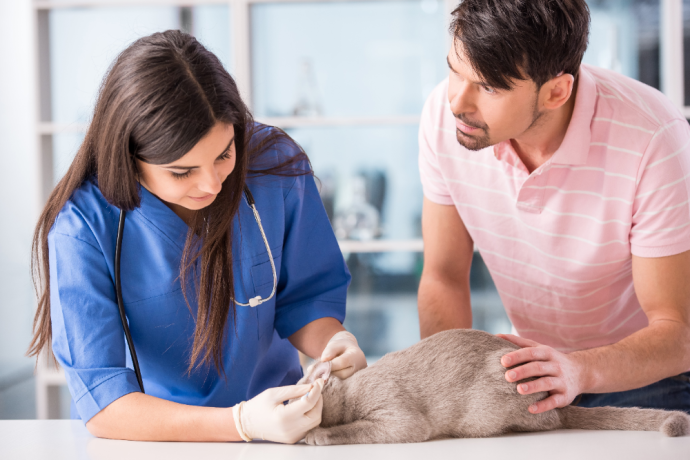 Cat Veterinary Tips Cat Fleas and Ticks: How to get rid of Fleas on Cats? (Vet Advice)
Cat Veterinary Tips Cat Fleas and Ticks: How to get rid of Fleas on Cats? (Vet Advice) - 170
- 0
 Cat Care Why Does My Cat Attack My Legs? 10 Reasons Why and What To Do About It (Vet-Approved Advice)
Cat Care Why Does My Cat Attack My Legs? 10 Reasons Why and What To Do About It (Vet-Approved Advice) - 45082
- 21
 Cat Veterinary Tips Cat Stomach Gurgling: Vet Advice on Why is Your Cat Stomach Gurgling?
Cat Veterinary Tips Cat Stomach Gurgling: Vet Advice on Why is Your Cat Stomach Gurgling? - 33731
- 4
 Cat Veterinary Tips My Cat Lost its Voice: Can Cats get Laryngitis? (Vet Advice)
Cat Veterinary Tips My Cat Lost its Voice: Can Cats get Laryngitis? (Vet Advice) - 22890
- 13









